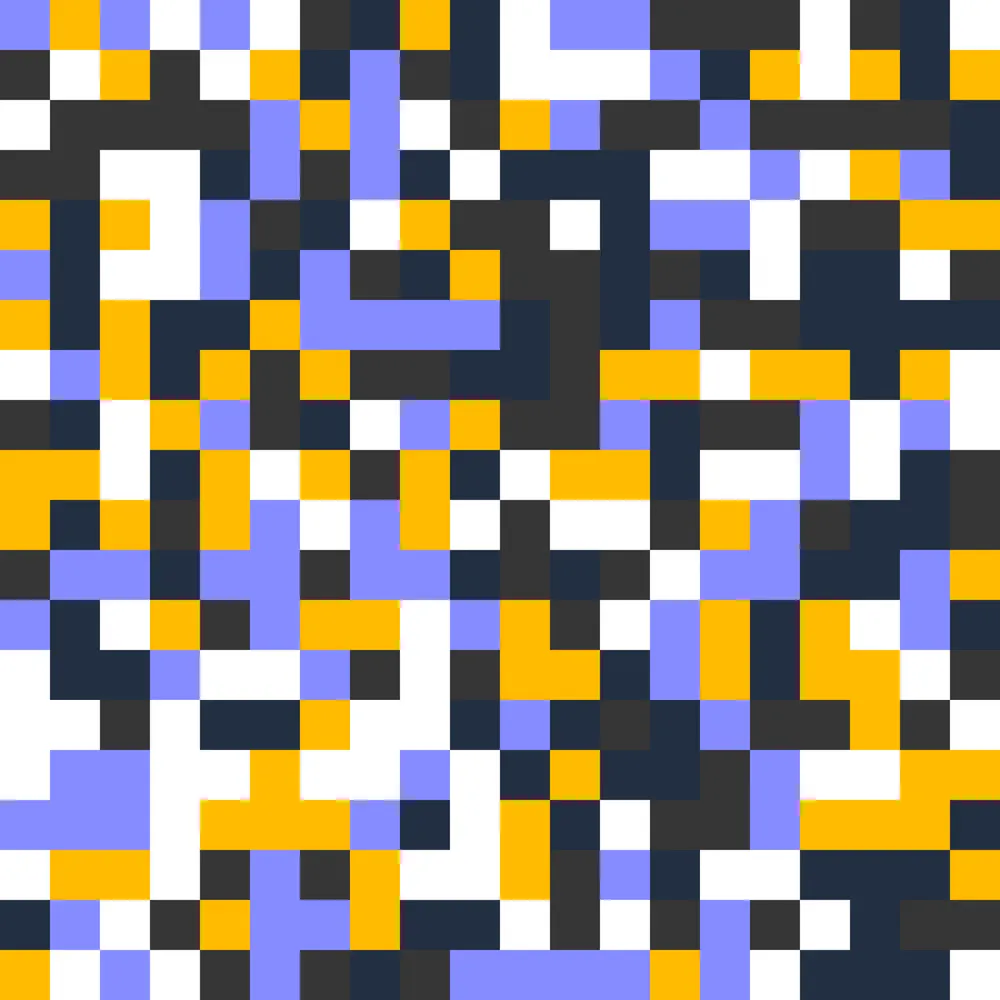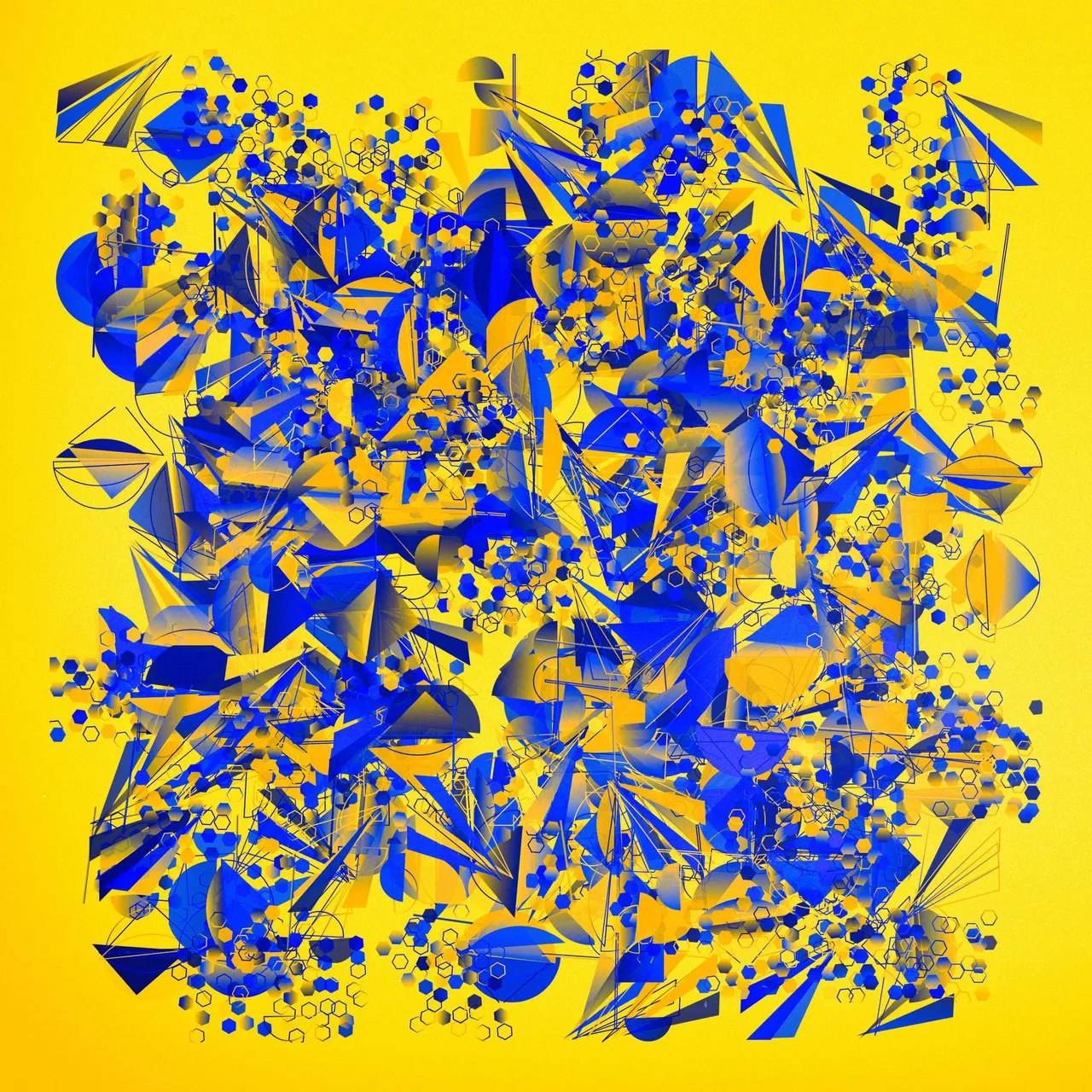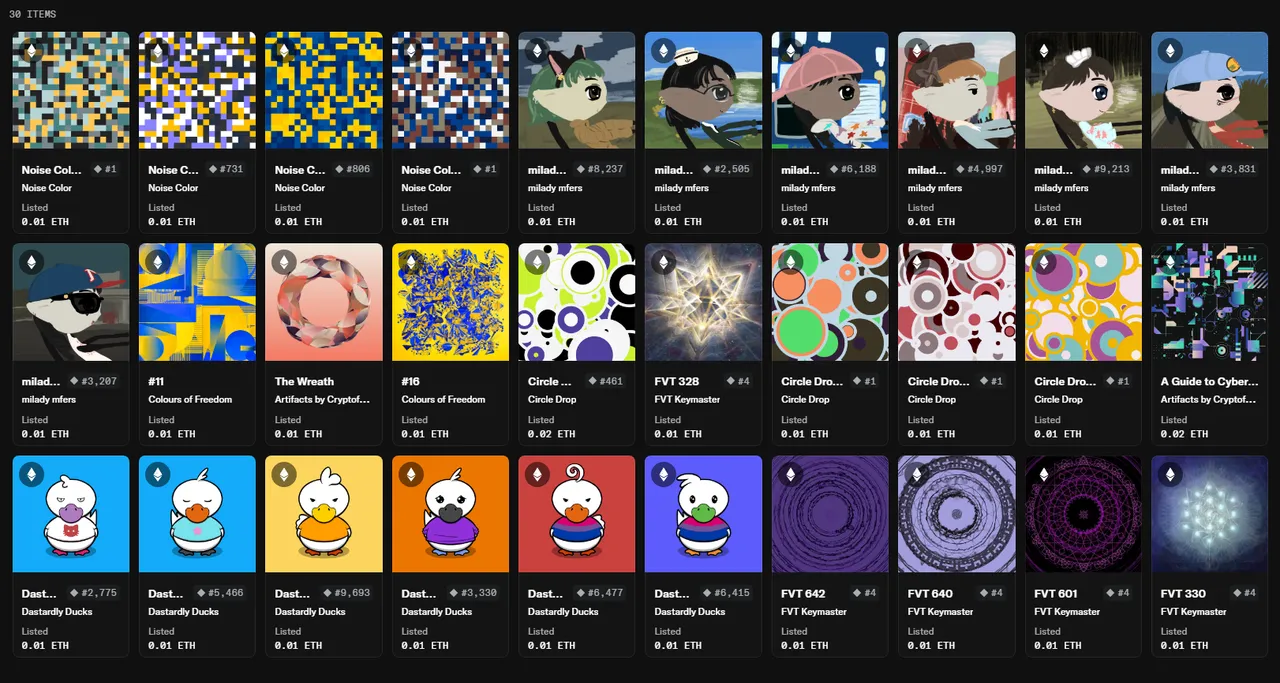I've been in love with abstract art since I visited the Neues Museum Weserburg in Bremen and the Leeds Art Gallery in 2013. It wasn't an accident that I was charmed by those provincial museums. Previously, I'd ignored the genre because I didn't care about big names like Mondriaan. But suddenly I felt a spark when I looked at a simple painting of a blue square and a yellow circle on a white background. I wasn't allowed to take a photo, I lost my notes and I don't want to single out a particular artist anyway.
I can't really explain what makes one abstract painting better than the other - it's hit or miss, and when it's a hit, that's a spiritual experience. It shows an impression of the universe beyond our immediate surroundings.

Circle Drop 0646 by artfulcode
So I was curious when several creators of generative digital art started selling NFTs of their work in 2021. At the same time, I'd made a nice profit on one avatar NFT, which I proceeded to spend on more interesting works of art. All of these were computer-generated without the use of AI.
This time I'm not profiting from the bull market, because I have no money to trade with. Since the NFT market is booming again, along with the ETH revival, I'm making another attempt to sell part of my collection on OpenSea. These are all registered on Ethereum mainnet.
Most of these images are not saved on a decentralized platform, but on OpenSea's servers. Which is a bit of a problem. I'm a fan of an anonymous artist known as artfulcode today, who created massive bitmap files where vector images would have been more appropriate, especially for the simple patterns I'm interested in. OpenSea used to struggle to display these images, which I found funny. But now things are worse: they solved their capacity problems by showing a fuzzy version.

Noise Color 0512 by artfulcode
I don't understand why they don't display the full quality to the owner of the NFT only, when logged in. Then buying it would have a real benefit. Of course I was aware of the risks of centralized solutions. I thought I downloaded everything, but my backup is incomplete. Anyway, if you want to see the high-res versions I have, besides what's posted here, check out this Dropbox link, which will remain online for a few weeks.
Circle Drop is a series of works where various circular shapes are drawn on top of each other, using color schemes that were popular in the 1960s and 1970s. A simple concept which created fascinating patterns of harmony and contrast.
Noise Color is the blocky variant of that concept. This was a cheap mint, but I'm not selling any NFTs for less than ETH 0.01. I can imagine buying a cheap physical reproduction of a work of art, but an NFT will be either a luxury or have no monetary value.

A Guide to Cyberspace by Cryptoforma
Cryptoforma is a collective of Bulgarian and Ukrainian artists. One of their Artifacts which impressed me most was A Guide to Cyberspace, which shows imagery evoking how hardware and software control a complicated computerized world. As it happens, they're also using retro colors here; I need to note that this is an accident - it's not my #1 requirement for appreciating art!
For a different color scheme, after the full-scale Russian invasion of Ukraine, Cryptoforma also created the Colours of Freedom series in yellow and blue, in order to raise money for a Ukrainian charity. Unfortunately, the NFT hype was over by this time, so they barely sold any.

Colours of Freedom 16 by Cryptoforma
Besides art, I'm also selling NFTs from the avatar series milady mfers, a mashup of two more famous girly series, and Dastardly Ducks.
A special category is Finance Vote tokens aka FVT Keymaster NFTs, which used the artwork to represent your voting power in the Finance Vote DAO. This DAO isn't active anymore. The founder Nick Almond is still making plans to develop DAO technology under the name Factory DAO or Factory Labs, but seems to be focusing on his personal Twitter account.
If this made you interested in taking over one of my NFTs, click here to see more details and buy.
